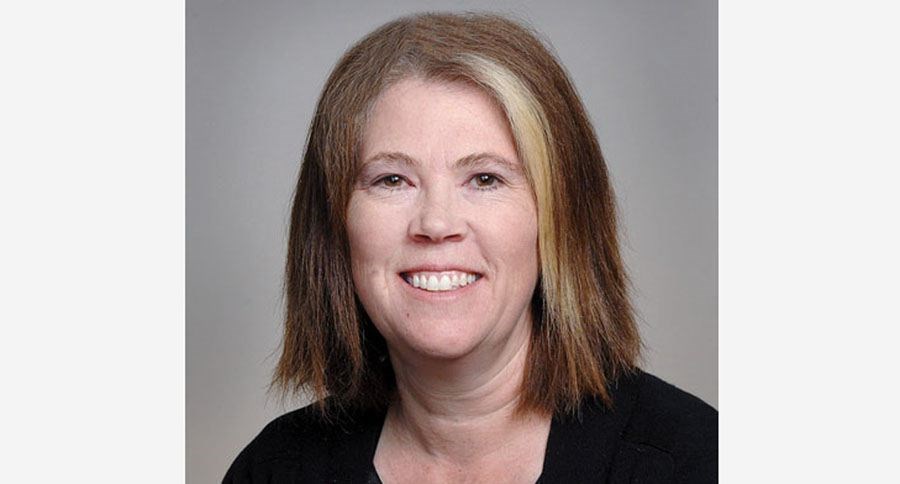As you may know if you read this column regularly, I often lament about the "blank page" staring back at me each week. It's not the writing, it's what to write about that's the issue but this week there is so much to explain and comment on that I'm having trouble focusing.
Mitt Romney's speech about Donald Trump requires a whole column to itself.
His attempt to undermine the Republican front runner is fascinating. It's one of those moments in political history when you have all the media outlets open to hear the pundits gasping... in my case I spent a half an hour sitting in a parking lot so I could listen to CNN.
The fact is the whole nomination process has become stranger and even more confusing in the last few days.
So while I think the breakdown of the Republican Party is fascinating I am going to dedicate one more week to explaining the nomination process. This time however I am going set out a bit of the context in which the process is taking place.
In Canada most citizens are not involved in the selection of party leaders. Since we don't elect the prime minister directly, we simply "take" the leader that the party has nominated. In the past, Canadian political parties have used a delegate system at their conventions but more recently parties have moved to a modified one-member-one-vote system. Yet since many Canadian are not members of political parties we don't see the process.
In the case of the U.S. the critical question to ask is: "What is this primary/caucus season really about?" The answer is that the two main political parties are trying to pick a presidential nominee - a party leader for lack of a better expression.
Now the role of a political party is to "socialize" or rather explain to citizens how the political system works; to organize government; and to recruit members and political leaders. Political parties are not mentioned in the Constitution so their rules, history and place in American society have developed along with the country. While there are national party committees for each party, state level party committees have developed their own rules for choosing delegates to attend the national convention to choose the nominee (or leader).
My explanations over the last few weeks have focused too much on the nominees themselves instead of on the delegates who really are the core of this process. In fact the primary/caucus processes developed in order to make the candidate selection more democratic.
Each party has a number of delegates who will attend their respective national conference: the Democrats in Philadelphia July 25-28 and the Republicans in Cleveland July 18-21. The Democrats has 4,765 delegates and the Republicans have 2,472 delegates. The primaries and caucuses are the process by which each state chooses the delegates who will go to the convention to represent their state's view on who should be the nominee.
Each state gets a certain number of delegates and each state has different rules for how those delegates will vote at the convention.
When you hear, for example, that Hilary Clinton "won" Georgia, this means that she won the most votes in the state (71.3 per cent) and because they proportion the delegates by the percentage of votes won, she received 83 of the 117 delegates available in Georgia. Those 83 delegates will go the convention and they will vote for her as the nominee. The candidates need a majority of delegate votes at the convention to win the nomination.
The key to understanding the system is to understand that political parties are choosing a leader/nominee. And while the parties have national organizations much of the complexity results from the fact that state organizations have considerable power to control the rules within their own jurisdiction: some only want party members to vote, some want to allow anyone to vote, some want to use the more grassroots model of a caucus and some want the easier primary model.
In the end, it's about which candidate can get a majority of the delegates and I would say, "It's as simple as that" but, of course, it's not!



